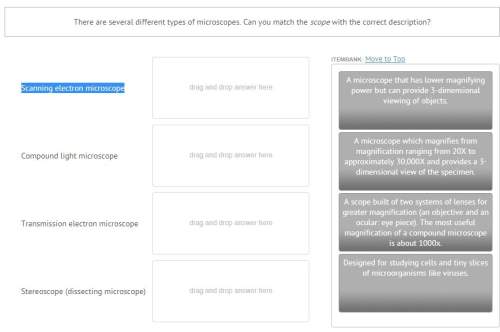
All animals with eyes or eyespots that have been studied so far share a gene in common. When mutated, the gene Pax-6 causes lack of eyes in fruit flies, tiny eyes in mice, and missing irises (and other eye parts) in humans. The sequence of Pax-6 in humans and mice is identical. There are so few sequence differences with fruit fly Pax-6 that the human/mouse version can cause eye formation in eyeless fruit flies, even though vertebrates and invertebrates last shared a common ancestor more than five hundred million years ago. The appearance of Pax-6 in all animals with eyes can be explained in multiple ways. Based on the information here, which explanation is most likely? A. Pax-6 in all of these animals is not homologous; it arose independently in many different animal phyla due to intense selective pressure favoring vision B. The Pax-6 gene is really not one gene. It is many different genes that, over evolutionary time and due to convergence, have come to have a similar nucleotide sequence and function. C. The Pax-6 gene was an adaptation of an ancestral animal of the early Cambrium period. Animals with eyes or eyespots are descendants of this ancestor D. The need for eyes has resulted in the separate evolution of Pax-6 genes

Answers: 1


Other questions on the subject: Biology

Biology, 22.06.2019 04:30, manuell090203
Which of the following best describes the relationship between glucose and complex molecules such as hormones?
Answers: 2

Biology, 22.06.2019 05:20, denisefaircloth73
Match the description of each organism to the appropriate category
Answers: 2

Biology, 22.06.2019 11:00, taterbug3859
Every early childhood education program should develop a
Answers: 1
You know the right answer?
All animals with eyes or eyespots that have been studied so far share a gene in common. When mutated...
Questions in other subjects:



Mathematics, 25.09.2019 21:00

Mathematics, 25.09.2019 21:00


History, 25.09.2019 21:00







